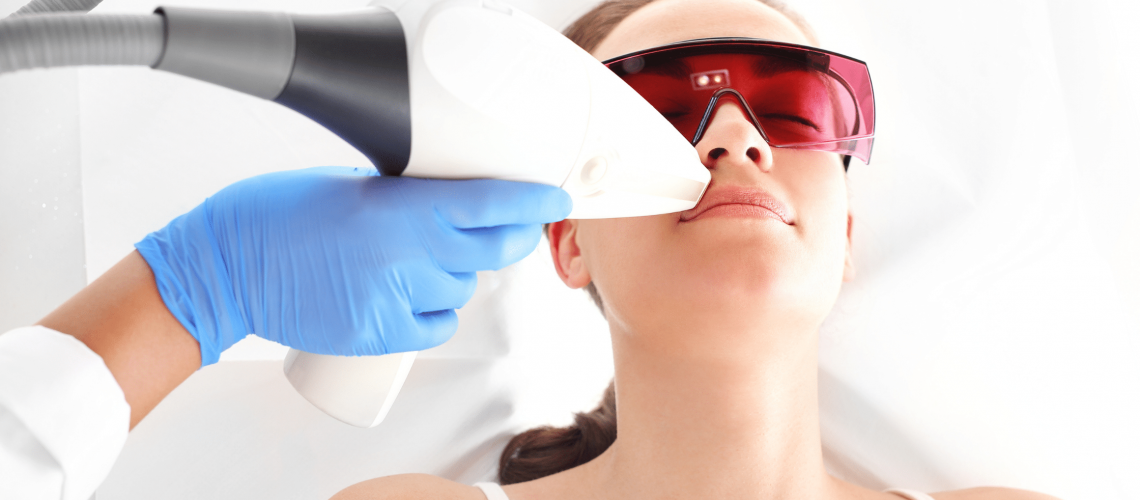
It can be difficult to find the best time to start laser hair removal. Indeed, laser hair removal is quite a lengthy process. As a matter of fact, it will require a few sessions every six weeks or so during twelve to eighteen months. Thus, you will inevitably have to do sessions at an inconvenient time for yourself. Or at least end your treatment at a time you may be in the sun.
As the weather begins to turn chilly, most of us find ourselves daydreaming of warm spring and summer days spent in shorts, tank tops, and swimsuits. It’s only natural this time of year. However, few if any, of us include the hassles we go through to stay summer-ready in those daydreams. No one wants to think about the constant shaving or painful waxing appointments we endure to enjoy days spent outside in the warm sunshine.
The end of spring and the beginning of summer is the worst time to start laser hair removal. Why? Because it is the time when you will be most exposed to the sun (since you are gonna be in your bikinis) and the less sun, the better. It is essential to avoid direct sunlight before AND after your laser hair removal treatment!
The good news is that with laser hair removal you can have the smooth, hair-free skin you dream about all year long, no razors or hot waxes required! What’s even better is that not only is winter the best time of year to start laser hair removal, but now Spektrum laser spa has more laser hair removal options than ever.
The Sun’s Effect on Laser Hair Removal
While you should do your best to refrain from excessive sun exposure, it is a common misconception that the sun should be completely avoided.
At the same time, you need to be aware of the sun’s effects on laser hair removal. Sunburns and tans in the summertime are a result of the skin developing a darker pigment. Darker pigmented skin causes less contrast against the hair. Without the dark hair attracting the laser, the pigmented skin will draw the laser’s focus. This could potentially cause serious damage to your skin and painful burns and scarring.
Most skin types require at least two weeks without being exposed to the sun before treatment. This goes for tanning beds and sprays tans too. Of course, if you wish to get laser hair removal treatments done in the summer, you can! Just be careful not to expose your body’s lasered areas to the sun without the protection of sunscreen or for long periods of time.
Avoid the sun to make sure you maximize the results of your laser hair removal treatment. For safety, the laser always has a lower intensity when treating darker skin. This means that you may need more sessions. Staying clear from the sun will also avoid you getting sunburnt, which will delay your laser hair removal treatment as well.
Why you must avoid sunlight after laser hair removal
The laser hair removal treatment will leave your skin must more sensitive and vulnerable to UV rays. The light emitted by the laser caused that new sensitivity. Exposing the treated areas to the sun is risking skin damage. One obvious risk is bad sunburns. Another possibility is hyperpigmentation with people seeing the treated areas become much darker.
When the sun damages the skin, the latter needs to heal. However, exposure to UV rays can prevent the skin from healing which could worsen the damage to the skin. Damaged skin, and in some extreme cases skin cancer, cannot be reversed. As you have just spent time and money on a laser hair removal treatment, it is better to consider the long term, and stop exposing yourself to the sun for a little bit. You want to keep healthy skin.
Even if you are not exposing yourself to the sun, it is still strongly advised that you use a strong SPF. It is a precaution. Make sure it is water-resistant if you wish to swim and free of any chemicals that may be aggressive to your sensitive skin. Furthermore, chemical sunscreens absorb sunlight while physical sunscreens act as a shield. They usually contain titanium dioxide and zinc oxide.